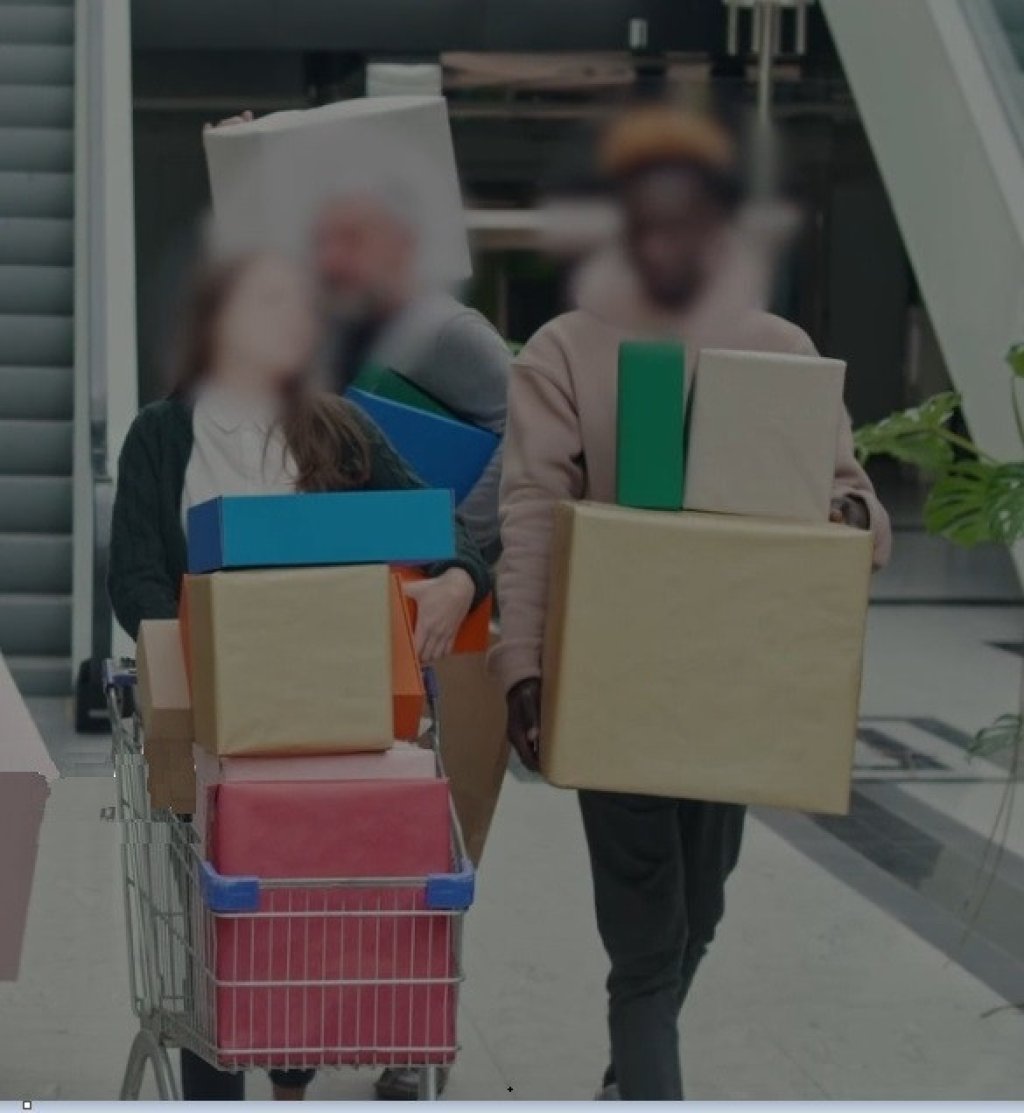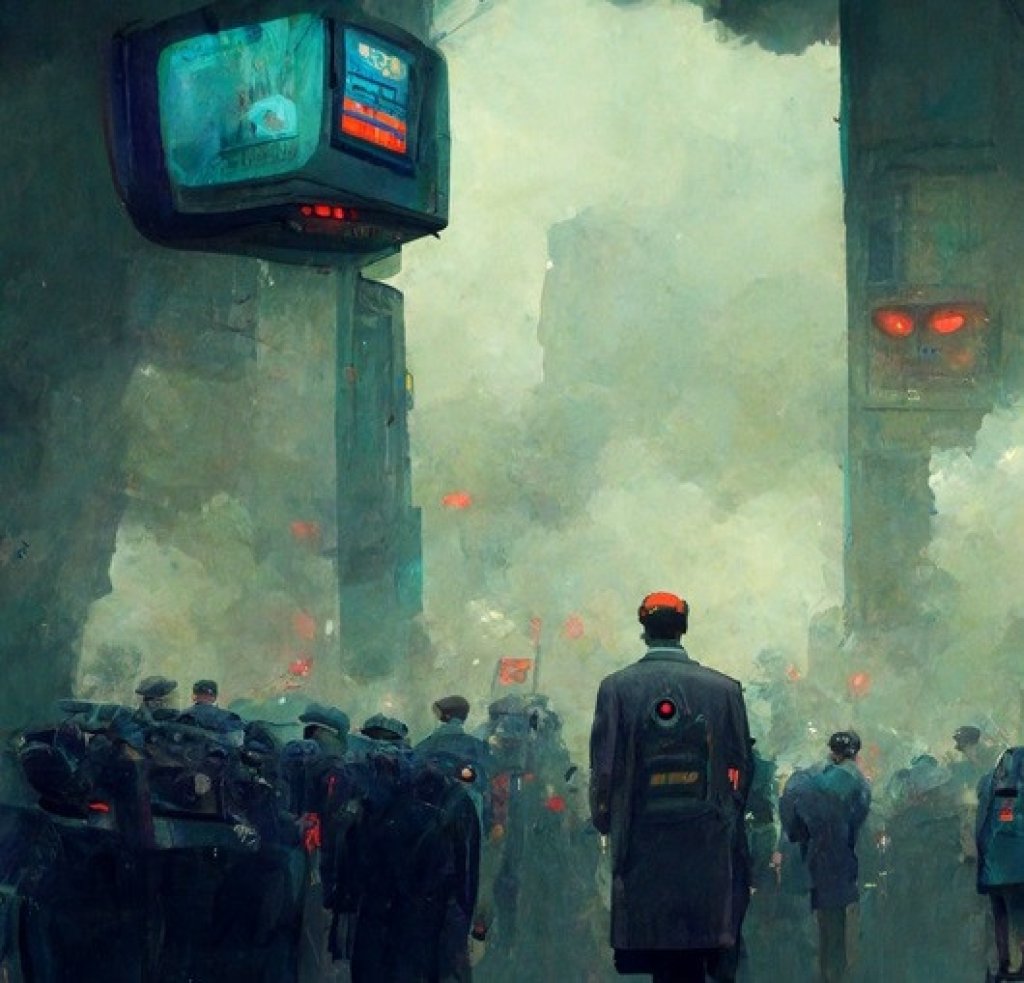Video Redaction: A Complete Guide
Learn expert techniques for video redaction, including how to safeguard sensitive information. Ensure compliance with our step-by-step guide.
In this article we look at what video redaction is, why video redaction is important and, significantly, what you should avoid when redacting video.
Are you looking for a solution to redact video footage?
Get in touch now to find out more abut Facit's Video Redaction software.
What is redaction?
In our recent article, What is redaction? we looked at the history of redaction, which used to apply mainly to physical paper documents.
The word redaction has altered in meaning from an historical definition that meant to ‘get ready for publication,’ to its modern interpretation that is more closely associated with censorship, information removal and data obscuring.
We identified two specific trends that stimulated the increased use of redaction in American legal proceedings. First, the surge in prosecutions of organised crime, which meant that the identity of witnesses had to be protected,
Secondly, the introduction of the Freedom of Information Act which generated a need for redaction in order for authorities to release documents to the public without compromising national security.
Redaction methods have evolved as the media containing data and sensitive information have evolved. In today's digital and electronic era, data is contained not only in paper documents, but also in photographs, video footage and audio files, all of which present their own redaction (data masking or data removal) challenges.
What is the aim of video redaction?
The core redaction objectives, regardless of data format, are to protect people’s personal data and identities, and to protect sensitive information from unauthorised viewers.
Under multiple laws and regulations in force around the world, video is considered to be data. Personally identifiable information and personal data comprise a multitude of elements that might be captured in video footage, such as:
Faces
Distinctive personal attributes
License plates
And objects, such as a computer screen, that may reveal:
Personal files
Banking information
Passports
Health information
National Insurance numbers
Court documents
The aim of video redaction is to ensure that private information remains private by blurring or removing any and all personal data so that it cannot be viewed by anyone who does not have permission.
Legal video redaction considerations
Video redaction must comply with laws and regulations that govern the use of sensitive information.
In the United States, video redaction is governed by federal and state laws such as the Health Insurance Portability and Accountability Act (HIPAA), the Family Educational Rights and Privacy Act (FERPA), and the Freedom of Information Act (FOIA), while in Europe the widest-reaching standard is the General Data Protection Regulation (GDPR).
What to avoid when redacting video
This video redaction guide was in part prompted by Facit’s experience working with businesses and public sector organisations, in which we have discovered too many professionals using complex work-arounds in order to redact video.
When an organisation receives a subject access request (SAR) to provide video to a requestor under GDPR, the data controller must blur or remove all personal data except that of the data subject. The requested footage should be supplied within 30 days unless there are extenuating circumstances to justify a delay.
While in the security sector there is general knowledge about the availability of effective video redaction tools, in other sectors there is surprisingly little understanding about how best to tackle video redaction.
Video editing is an accessible process these days, and there are many tools available, but editing tools are generally geared for creative use and are not designed for video data redaction, even if, at a stretch, they can achieve results.
There are many video editing tools available. Professional video editors normally opt for paid-for video editing software such as Adobe Premiere Pro or, for Apple computer users, Final Cut Pro.
We encountered an HR healthcare professional who was spending 38 weeks a year redacting video using Adobe products in order to fulfil SARs. Yes, 38 weeks!
We highly recommend using data redaction software in order to reduce massively the time it takes to redact video, to boost redaction accuracy and, ultimately to ensure that your organisation is fully compliant with prevailing regulations and laws.
The licensing costs of video redaction software are small compared with the costs associated with using the wrong tools for frame-by-frame video redaction, or with outsourcing video footage to a redaction bureau.
Is all video footage subject to redaction legislation?
We live in a world in which surveillance cameras are everywhere. CCTV cameras monitor huge areas, including high streets, roads, hospitals, shops and car parks. We have seen a huge increase in the deployment of body worn cameras among police, ambulance staff and shop floor workers. Plus, dashboard cameras have become commonplace.
Whatever device video footage is captured on, video redaction is required to blur personal data before it is shared with third parties or made public. Video is included in GDPR and redaction is essential to comply with Articles 15 and 17 to avoid heavy GDPR fines
What is the purpose of video redaction?
Government agencies, law enforcement agencies and legal or e-Discovery organisations frequently need to publish multimedia in order to:
Increase transparency within communities
Meet requests for records under the FOIA
Assist in identifying a suspect
Support research
Video redaction is required to safeguard the privacy of individuals and to comply with regulations and laws governing the protection of personally identifiable information.
Recommended video redaction software
Facit’s Identity Cloak is AI-powered video redaction software that enables users to work in-house to meet CCTV and bodycam footage request deadlines on time.
The average video redaction processing time using Identity Cloak is just 30 minutes, with customisable redaction settings, such as:
Full body, face and licence plate blur modes
Customisable shape, size and transparency across modes
Adjustable speed and number of keyframes used
Automatic redaction and tracking facilitate:
Full screen and object blur modes
Auto tracking for licence plates, cars, objects, people and faces
One-click blurring for static objects like posters
Identity Cloak provides a cost-effective way to redact video and audio. Identity Cloak is intuitive software that requires minimal training to operate, so it quickly becomes one of your organisation’s most critical tools for compliance, security and privacy.
Are you looking for a solution to redact video footage?
Complete Facit’s enquiry form to get more information about video redaction or download a free trial of Identity Cloak.




